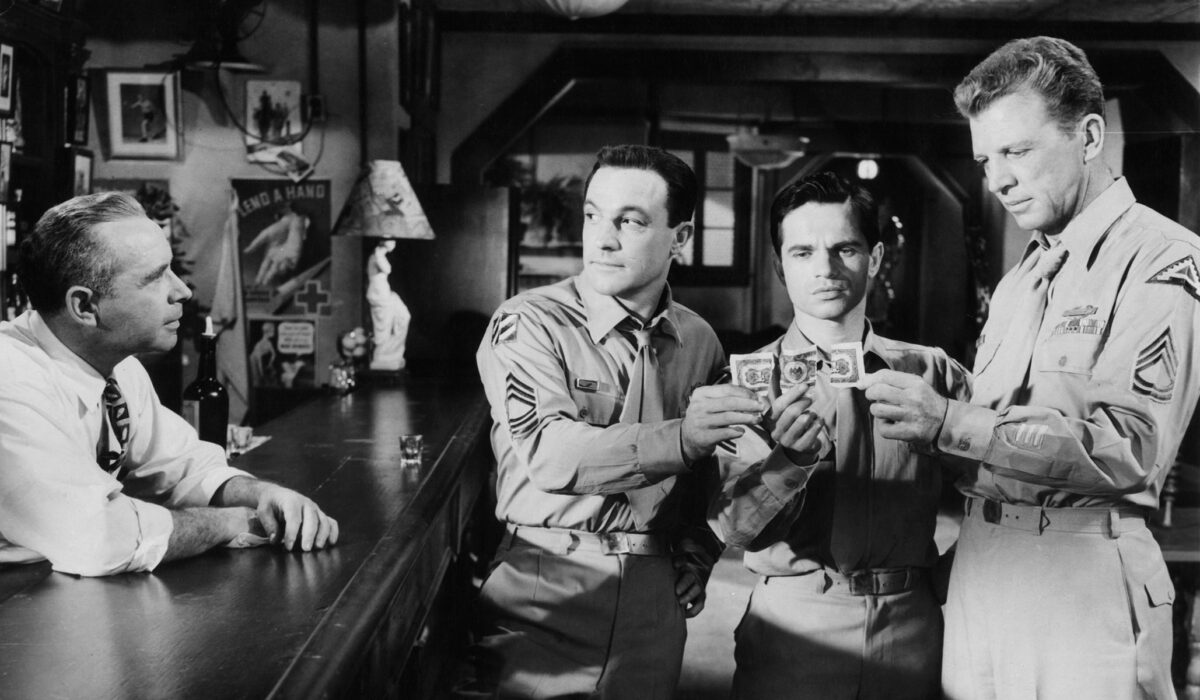Film Roots of National Review
National Review did not arise in a vacuum; it was shaped by a rich cinema tradition that prized narrative, character and a clear moral center. The magazine’s founders looked to films that trusted audiences to follow a strong throughline rather than demand constant spectacle. That influence shows up in the magazine’s spare, assertive prose and its taste for durable storytelling.
Hollywood’s golden age offered more than entertainment, it provided templates for cultural seriousness and civic virtues, delivered in plain language and steady craft. Directors like John Ford and Howard Hawks favored stories where duty, community and obligations outweighed fashion and fad, and those storytelling instincts resonated with conservative critics. That approach helped frame a conservative argument for culture that rewarded permanence over novelty.
Musicals, comedies and noir all contributed pieces of the aesthetic puzzle National Review admired, from precise choreography to sharp, economical dialogue. Films that balanced wit with weight showed how style could serve substance, a lesson the magazine took to heart. Even light entertainment carried implicit lessons about balance, restraint and the value of tradition.
There’s also a skeptic’s streak in classic cinema that mirrors the magazine’s posture: suspicion of grand utopias and a preference for tested institutions. Tough-minded protagonists who worked within limits and recognized trade-offs echo a conservative temperament that prizes prudence. Those on-screen instincts provided an imaginative vocabulary for cultural criticism that resisted easy fixes.
Cinematography and editing mattered as more than decoration; economy of means reinforced seriousness of purpose, and critics who admired these films transferred that standard to political and cultural writing. Tight framing, disciplined pacing and thoughtful restraint were stylistic lessons that translated into essays and reviews. In that sense, the films functioned as informal training in judgment for a generation of writers.
The connection is not just aesthetic but practical: classic films showed how institutions like the family, neighborhood and local civic life operate under pressure, and those dramas fed a conservative argument for preserving stabilizing structures. Seeing characters navigate responsibilities on screen made abstract principles feel concrete and urgent. That realism informed the magazine’s resistance to purely theoretical or utopian reform schemes.
What matters today is less nostalgia than understanding how cinematic habits shaped a cultural outlook that prizes clarity, discipline and a sense of continuity. Those habits are visible in the magazine’s tone, where terse argument and attention to cultural detail stand in for slogans and theatrical flash. Revisiting those films helps explain why a certain conservative voice sounded the way it did and why it still matters to people who care about how culture is made and kept.

